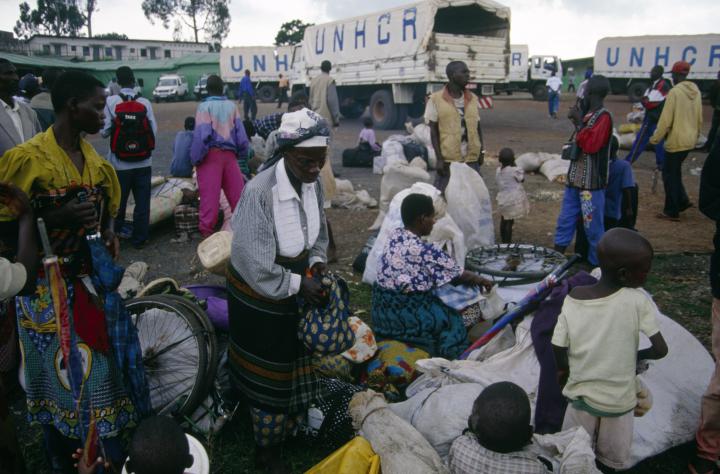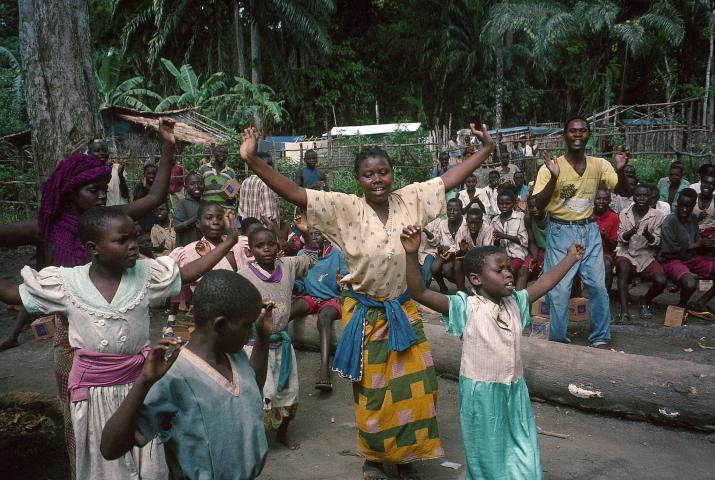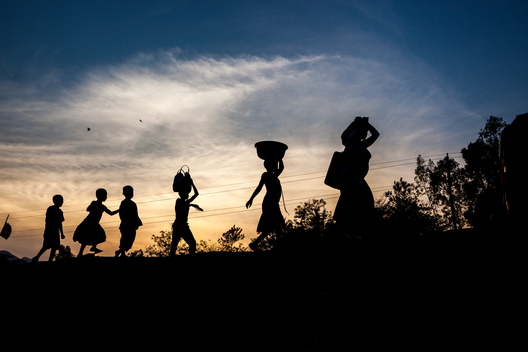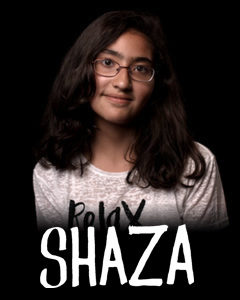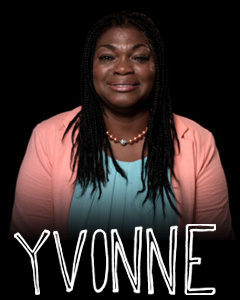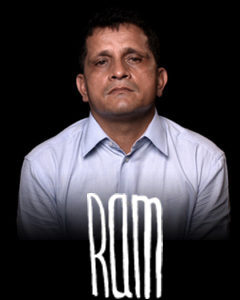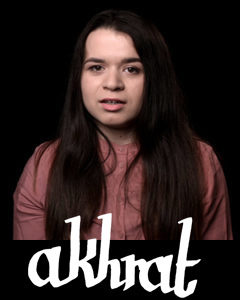Disasters & Conflicts: Rwanda. Genocide, 1994
In April 1994 the aircraft carrying the Hutu president is shot down. Within 24 hours, two extremist Hutu groups start to murder their Tutsi compatriots.

Rwanda. Genocide, 1994
Country: Rwanda
Period: 1994
Type of conflict: Ethnic conflict
Conflict: Extremist Hutu groups call for the elimination of their Tutsi compatriots and moderate Hutus
Parties involved: Population groups (Hutu (85%), Tutsi (14%) and Twa (1%)), Hutu government, rebel groups, France, United Nations
Estimated number of victims: 800,000 Rwandans are murdered. Millions flee their homes
In April 1994 the aircraft carrying the Hutu president is shot down. Within 24 hours, two extremist Hutu groups start to murder their Tutsi compatriots. There is a clear plan behind the genocide. Hutu extremists have been gathering weapons in secret for months and drawing up lists of people to kill. On the radio, Hutu extremists call for their fellow countrymen to be ‘eliminated like cockroaches’. Within 100 days they kill 800,000 Tutsis and moderate Hutus (333 people every hour!). The international community watches events unfold but is unable to intervene. That is viewed as a major disgrace. After three months, Tutsi rebels living in the neighbouring country of Uganda drive out the extremist Hutus. Twenty years later, Rwanda is a calm country undergoing rapid economic development.
Widespread chaos among refugees follows the genocide in 1994. Some people flee the Hutu violence, others flee for fear of revenge by Tutsi rebels, and even others flee from the violence between both camps. Among the refugees are Hutu extremists, who try to invade Rwanda again from East Congo. The new Tutsi government strikes back by supporting its own armed groups in Congo. The Congolese army also enters the conflict, and the United Nations sends troops to protect civilians from the violence. The people of Congo, particularly women and children, suffer most from the atrocities carried out by armed gangs. The war is financed with money illegally earned from the export of Congo’s natural resources.
For centuries the Tutsi minority (14%) dominated the Hutu majority (85%). Tutsis are traditionally cattle farmers, and the Hutus, as crop farmers, are subservient to the Tutsis. Mixed marriages are forbidden. In 1931 the Belgian colonial rulers even propose recording ethnicity (Tutsi or Hutu) on identity papers. During the 1994 genocide, the ethnicity recorded in passports is used to decide whether or not to kill people.
In 1959 the Hutus revolt against the Tutsis and assume power after a massive bloodbath. Heavy fighting continues in the years that follow. In 1994, extremist Hutus carry out their plan to eliminate all Tutsis once and for all.


